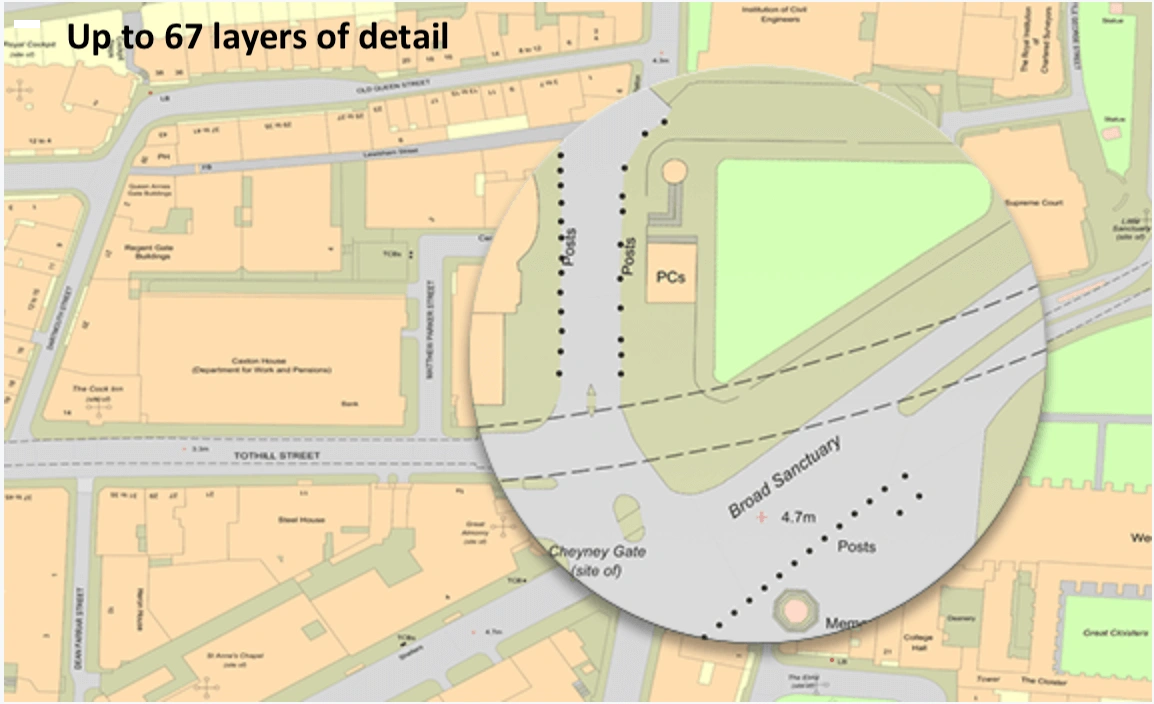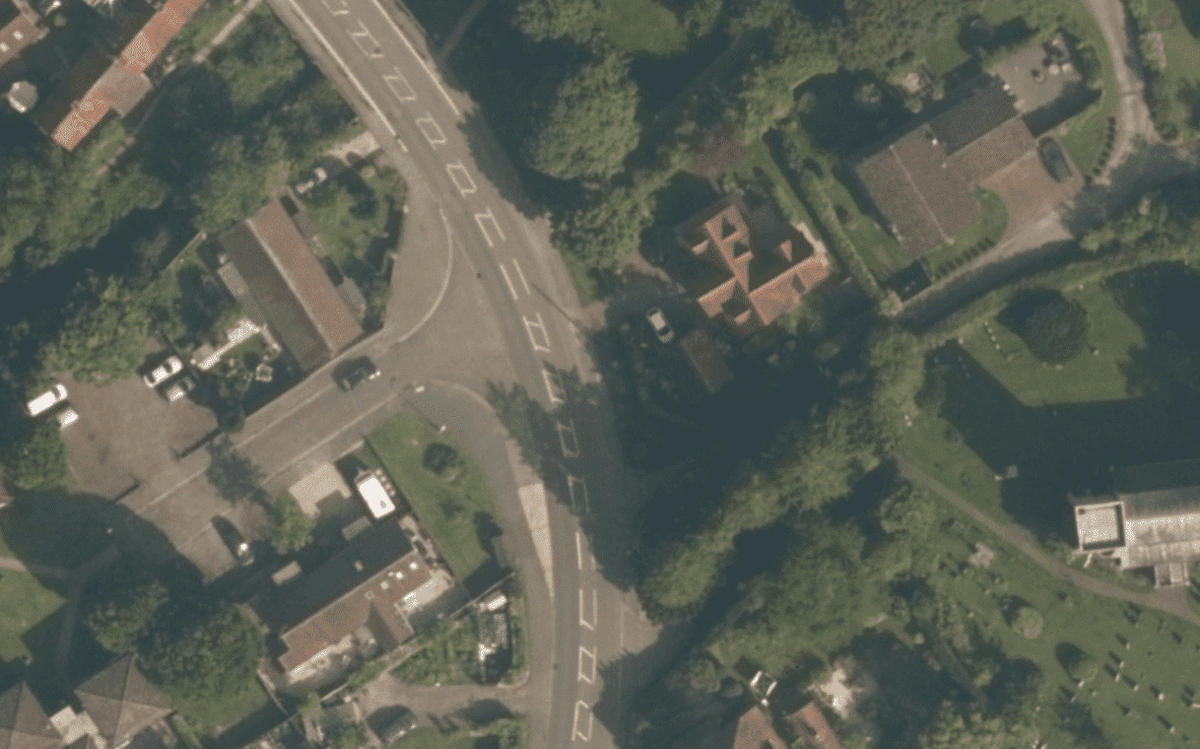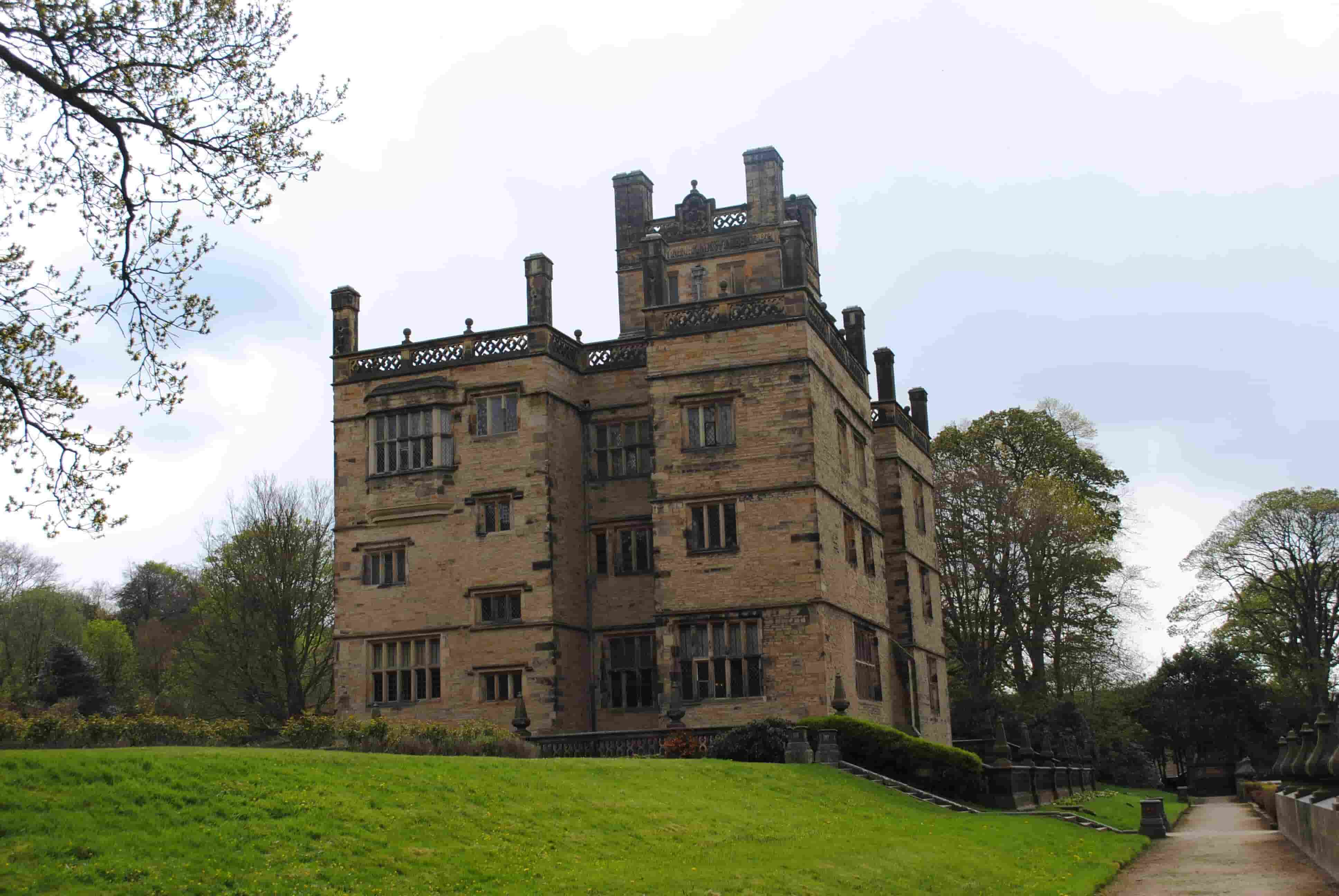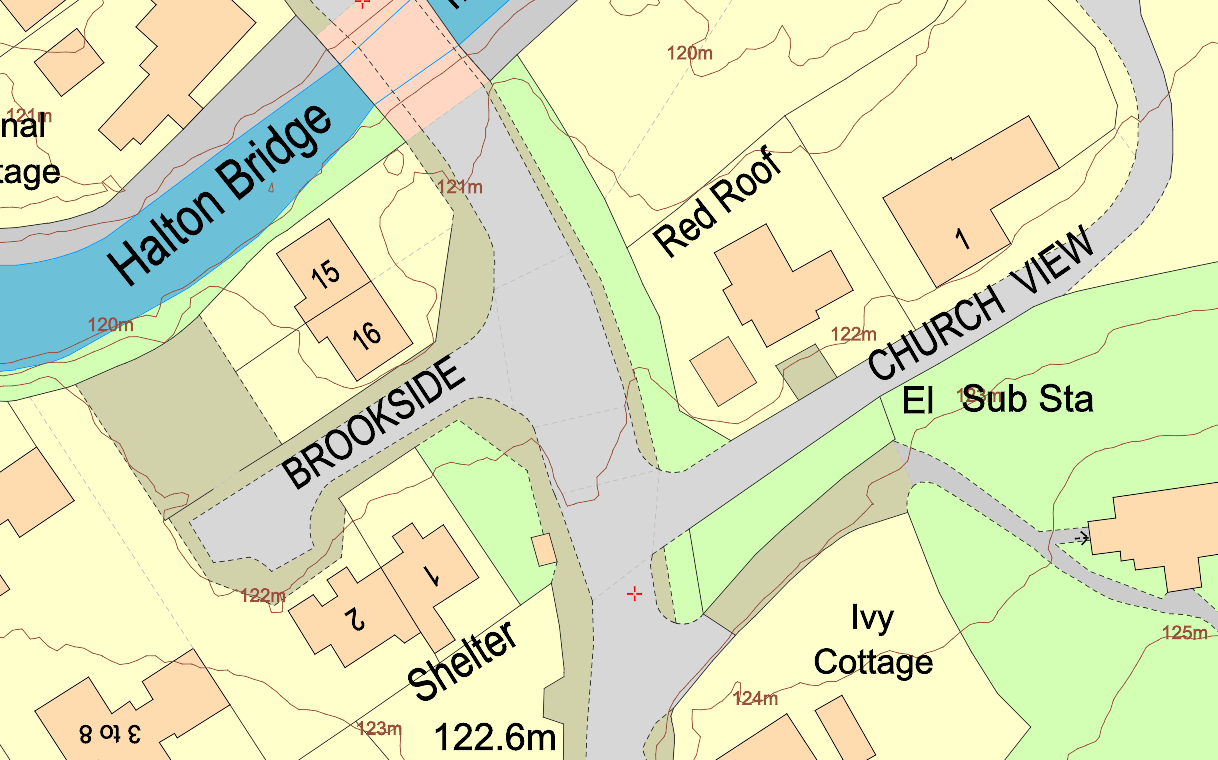What is a Heritage Statement?
A Heritage Statement describes the architectural and historic significance of a heritage asset. They enable the significance and special character of historic places to be understood and consequently retained in a sustainable way as they continue to evolve. They incorporate a brief summary of a site’s historical development and a description of its current character, state of preservation and significance and then assess the likely impact of a proposed development on the significance identified.
Download our detailed maps for your heritage statement here
When is a Heritage Statement required?
Heritage statements are most commonly associated with applications affecting listed buildings (designated heritage assets), development within conservation areas, or locally listed buildings (non-designated heritage assets). A heritage statement is also required for applications that may affect the setting of such buildings/areas.
Rather than solely demonstrating compliance with the NPPF, the Heritage Statement should be viewed as an important practical tool to guide an applicant in developing their proposals. As good practice, it should therefore be one of the first things that an applicant considers when beginning to formulate their development proposals.
It must be included with:
- Applications for listed building consent
- Applications within the curtilage of a listed building
- Applications in conservation areas (including demolition)
- Applications affecting Scheduled Monuments
- Applications affecting a Registered Park and Garden
- Applications affecting an archaeological site
- Applications affecting non-designated heritage assets, such as buildings that feature on the Council’s List of Local Heritage Assets or those identified during the pre-application process
- Applications affecting the setting of a heritage asset (whether designated or non-designated)

A Heritage Statement is required in order to get planning consent for a listed building
What does a Heritage Statement include?
The NPPF states that the level of detail in a heritage statement should be proportionate to the heritage asset’s importance, and no more than is sufficient to understand the potential impact of the proposal on its significance.
You must provide information about:
- the significance of the heritage asset affected, including any contribution made by their setting,
- the principles of and justification for the proposed works, and
- the impact of the proposal on the significance of a heritage asset, does it cause a lot of harm or total loss of significance.
The information should explain:
- the sources that you have considered,
- the expertise that you have consulted, and
- the steps that have been taken to avoid or minimise any adverse impacts on the significance of the asset.
A Heritage Statement always covers 3 main points:
- Assessment of heritage significance: an assessment of the significance of the heritage asset or assets which may be affected by the proposed development, including their setting. (Significance is defined as the value of a heritage asset to this and future generations because of its heritage interest. That interest may be archaeological, architectural, artistic or historic).
- Assessment of Impact: an assessment of the likely impacts of the proposed development of the heritage asset and their setting. You can use the following questions when writing this part of your statement.
- Does the statement sufficiently explain why the proposals are necessary or desirable?
- Does the proposal affect any views looking away from or towards the asset?
- If any historic fabric is to be removed or altered, is its significance properly understood and explained in the document?
- Are the design details of any proposed new work clearly described in the Statement, to make up for any shortcomings in the submitted plans?
- Has a variety of options been considered and why was this option chosen?
- Are the works reversible in whole or in part?
- If the works have the potential to materially affect the landscape character of the National Park, has due account been taken of the Peak District Landscape Strategy and Action Plan (2009)? h. If the proposed works will result in any harm, is the harm offset or outweighed by any public benefits.
3. Mitigation strategy: a statement outlining a mitigation strategy to address any impacts of the proposed development on the significance of the heritage asset. This might include some modification of methods, materials chosen or design and archaeological or architectural investigation and recording.

An investigative survey can reveal original panelling behind plasterboard
When does a Heritage Statement need to be submitted?
There is no prescribed format for a Heritage Statement and it does not have to be a freestanding document. it can be part of other documents such as a schedule of works, a design and access statement (DAS), or drawn details that may expand on the content of submitted drawings but this should be made clear in the title of the document for validation purposes, for example, ‘Design & Access Statement and Heritage Statement’. So long as the content of the document is made clear in the title, it makes no difference to the validation of an application by the Authority.
How to submit a Heritage Statement
You can submit a heritage statement online or a paper based application.
Submitting online:
- Read through the guidance
- Use the online Planning Portal website to submit your application
Submitting a hard copy:
You will need to provide:
- 4 copies of the statement
- 4 copies of the relevant application forms.
How mapping can be used in a Heritage Statement
Mapping is indispensable for a Heritage Statement. Most of the information can be found on the website of MapServe®,
- Historic maps (especially historic Ordnance Survey maps)
- Location plans and site plans
- Contours (these can be added as an additional layer to MasterMap®)
- Photographs showing the site and its setting in general and the area of the proposed change in detail; Aerial photography
- Map regression


Location and site plans (MasterMap®) Aerial Photography 1m Contours
8 Tips on writing a successful Heritage Statement
- All four areas need to be covered (evidential, historical, aesthetic and communal)
- Do not treat it as an add on at the end of a project
- Include several photos and illustrations to support your document
- It is best to be prepared by a person who has a good understanding of conservation principles such as a Conservation Architect
- Start working on the statement at the beginning of a project in order to understand how the design will impact the building’s significance
- Well-captioned photographs and other illustrations are very useful as a substitute for plain text, and can help to keep a statement concise and to the point.
- A good heritage statement needs to be relevant, appropriate and proportionate depending on the scale and nature of the development.
- If you are unsure of what to include in your heritage statement you can contact the local Authority’s Planning Service or the Cultural Heritage Team


